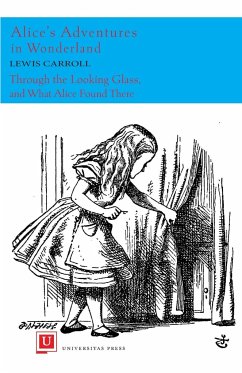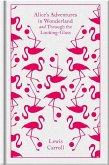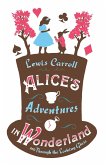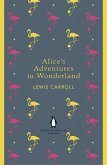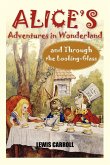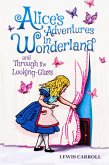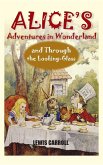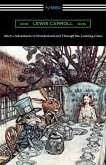A classic of children's literature that includes both Alice stories, with the original illustrations. Student edition, with an introduction by 19th-century specialist and historian Todd Webb. Lightly annotated. The unabridged text of a great classic. Academic, easy-to-read format. Perfect for undergraduate and AP classes. Are Lewis Carroll's two Alice books works of satire or fantasy-or a combination of the two? Or perhaps they are neither satire nor fantasy. What Wittgenstein sees as language-based nonsense is at the heart of Lewis Carroll's Alice books. We can see that by examining the rules by which language games seem to be conducted in Wonderland and on the other side of the looking glass. It is no wonder that Ludwig Wittgenstein seemed to enjoy Alice so much. Carroll was giving examples of the way language games can collapse into nonsense years before the Austrian began to think along the same lines. That is not to say that Wittgenstein drew direct inspiration from Carroll, but the works of the philosopher and the children's author speak to one another across the gulfs of time and genres.
Hinweis: Dieser Artikel kann nur an eine deutsche Lieferadresse ausgeliefert werden.
Hinweis: Dieser Artikel kann nur an eine deutsche Lieferadresse ausgeliefert werden.

